The Future of Industrial Real Estate
Logistics properties in the U.S. are getting loftier and more high-tech as an evolving supply chain drives innovation in sheds.
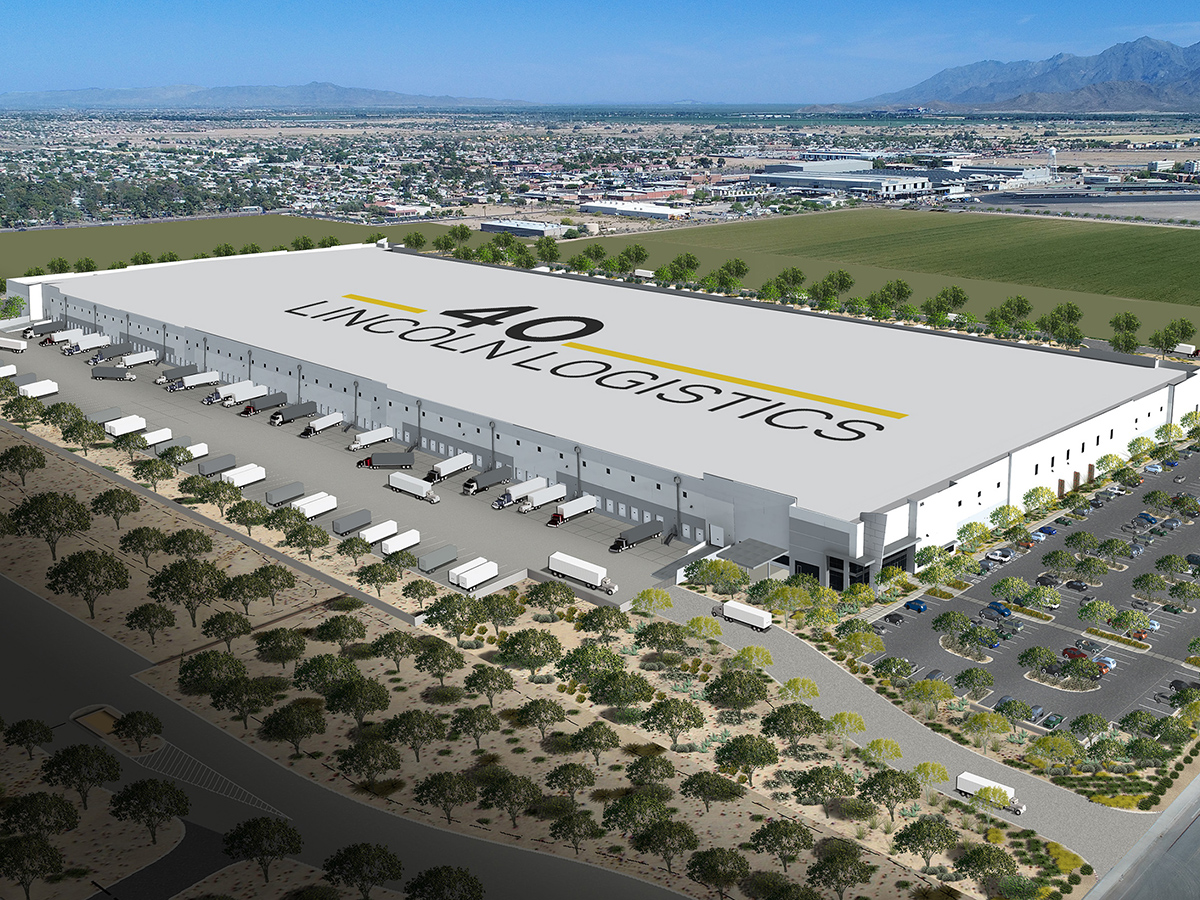
Lincoln Property Co. developed Lincoln Logistics 40, a state-of-the-art warehouse/distribution building that features 40-foot clear height in Goodyear, Ariz. Image courtesy of Lincoln Property Co.
Prologis Inc., the largest warehouse provider in the U.S., wrapped up construction of a three-story distribution center in Seattle in October of last year. The 590,000-square-foot project, called Georgetown Crossroads, is the nation’s first logistics property to have multiple floors that are serviceable by large delivery trucks. Amazon has reportedly agreed to take up about 500,000 square feet in the warehouse, with Home Depot also planning to lease space.
Although common in the dense, costly urban centers of Asia and Europe, multistory warehouses are a novel concept in the U.S., where land is abundant and cheap and suppliers historically haven’t faced huge pressure to locate close to cities. But the future of industrial real estate is changing as e-commerce continues its rapid growth trajectory and consumers demand ever-faster delivery times.
CBRE is tracking at least 13 multistory warehouse projects completed or in the pipeline in New York City, San Francisco and Seattle. “You need to get a lot closer to people,” said David Egan, global head of industrial and logistics research at real estate brokerage CBRE. “The speed at which things have to move through the supply chain to get to wherever they need to go has increased dramatically over the past several years.”
READ ALSO: Industrial Investors Shift Strategies in Second Half of 2020
The problem is that urban infill sites geared to “last-mile” delivery are in short supply, while costs are skyrocketing. The average land price for the development of single-story warehouses in the U.S. doubled to $30 per buildable square foot in the five years through 2018, according to CBRE.
That calculation is leading some developers to build upward in order to squeeze more floor area out of a parcel. “If you find a piece of land, it might be very well located, but the cost is enormous,” noted Egan. “How do you maximize the use of the site? What you do is you go up.”
An increasingly complex, volatile supply chain is forcing logistics properties to evolve in other ways too. Warehouses are getting bigger and loftier, while advances in technology from robotics to smart buildings are revolutionizing what happens inside the sheds.
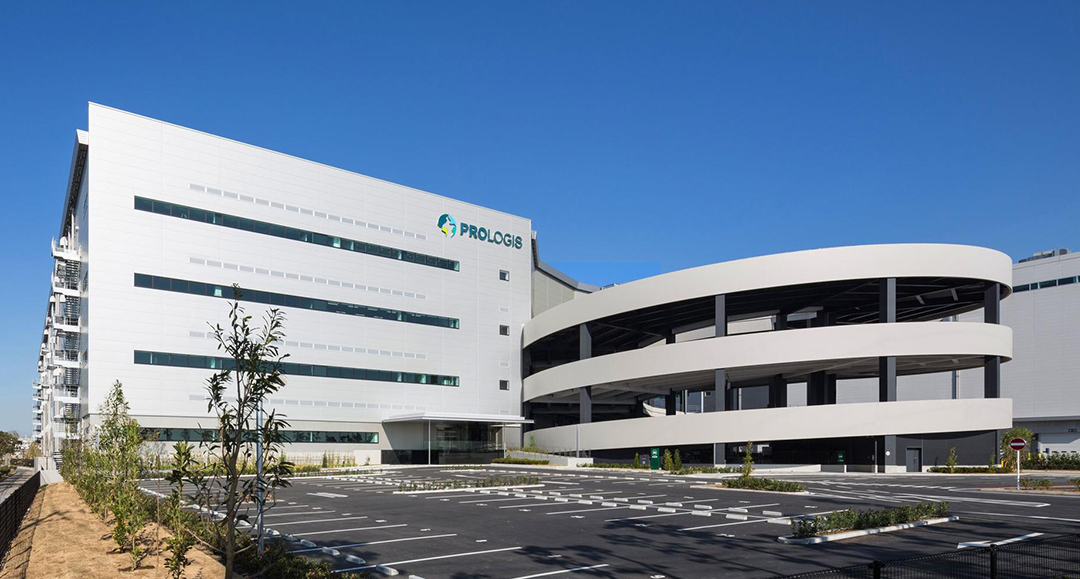
Prologis developed a state-of-the-art, multistory distribution center in Chiba, Japan, that uses Wi-Fi-based positioning technology from Logix to precisely locate objects and people. Image courtesy of Prologis
Lifting the roof
While multistory warehouses are in their infancy in the U.S., the future of industrial real estate is reaching skyward in another way. Clear ceiling height—the usable height to which products can be stored on racking—has been rising due to the needs of high-volume tenants. Cushman & Wakefield calculated that the average clear ceiling height for a new warehouse was 25 feet in 1997. Twenty years later, 32 feet was a typical height for newly constructed buildings of at least 300,000 square feet. Heights of 36 feet are common in mega-sized distribution facilities, and some ceilings exceed 40 feet, according to the brokerage.
The advent of new automation technologies that utilize vertical space more effectively, such as mobile robots that fetch items from shelves, has helped push ceilings higher. The rise of e-commerce has also created demand for taller sheds, since online retailers often install multiple mezzanine levels and tall racking systems that require more space above the floor.
Rick John, executive vice president & branch manager at industrial-focused brokerage DAUM Commercial, attributes the climbing ceiling heights to the growing appetites of e-commerce firms combined with a dearth of suitable sites.
“The clients want to get as much cubic area as they can in a building,” said the executive, who focuses on the Inland Empire, a region of Southern California comprising Riverside and San Bernardino counties. “And higher land costs are having us push up to higher clearances too.”
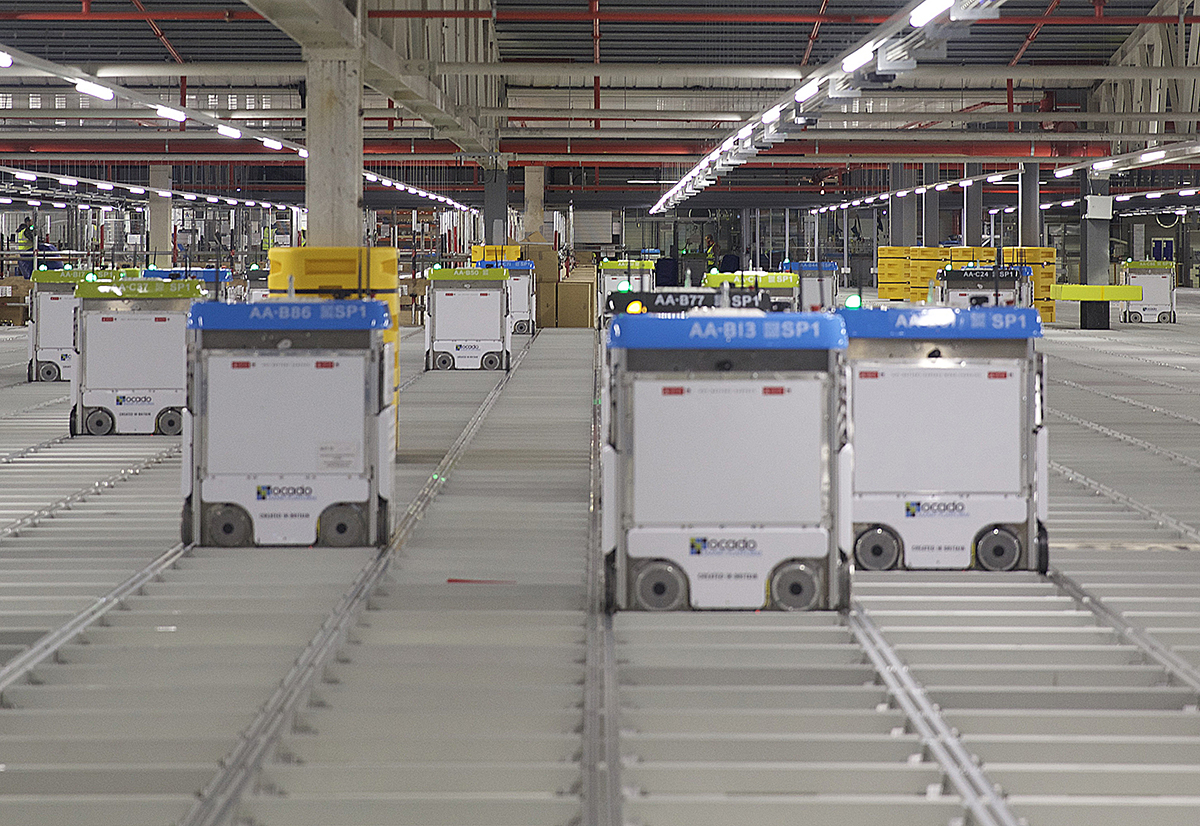
Hundreds of advanced robots provided by Ocado pick items along grids in Kroger Co.’s automated warehouses, designed to bring fresh food to online shoppers in record speeds. Image courtesy of The Kroger Co.
Rise of the robots
Mobile robots have been hauling materials around warehouses since the 1950s. Nonetheless, technological advances and greater demand for flexibility and efficiency in recent years have spurred the development of ever more sophisticated automated storage and retrieval systems (ASRS).
More than 4 million commercial robots will be installed in 50,000 warehouses by 2025, up from about 4,000 robotic warehouses in 2018, according to a report released earlier this year by ABI Research.
Companies leading the way include retailer The Kroger Co., which broke ground this past June on an automated warehouse in Monroe, Ohio. Ryan Cos. was tapped to design and build the $55 million fulfillment center, which is being developed in partnership with Ocado Solutions. Kroger followed that up by starting construction on a similar project in Groveland, Fla., in July.
Kroger plans to open 20 of the fulfillment hubs, which will enable rapid delivery of fresh groceries to online shoppers. The Florida facility, scheduled to open in 2021, will measure more than 336,000 square feet, with 1,000 robots picking up packages from across a grid.
Canadian e-commerce platform Shopify also made waves in September by announcing that it would spend $450 million to acquire 6 River Systems, a company that provides a self-driving cart system for warehouses called “Chuck,” as part of its plan to build a network of U.S. fulfillment centers.
Amazon, the world’s largest online retailer, added to its robotics capabilities in April by snapping up Canvas Technology, a Boulder, Colo.-based startup that provides autonomous vehicles for warehouses. The technology is designed to enhance human-robot collaboration and improve safety in Amazon’s facilities, where the company has deployed over 250,000 robots.
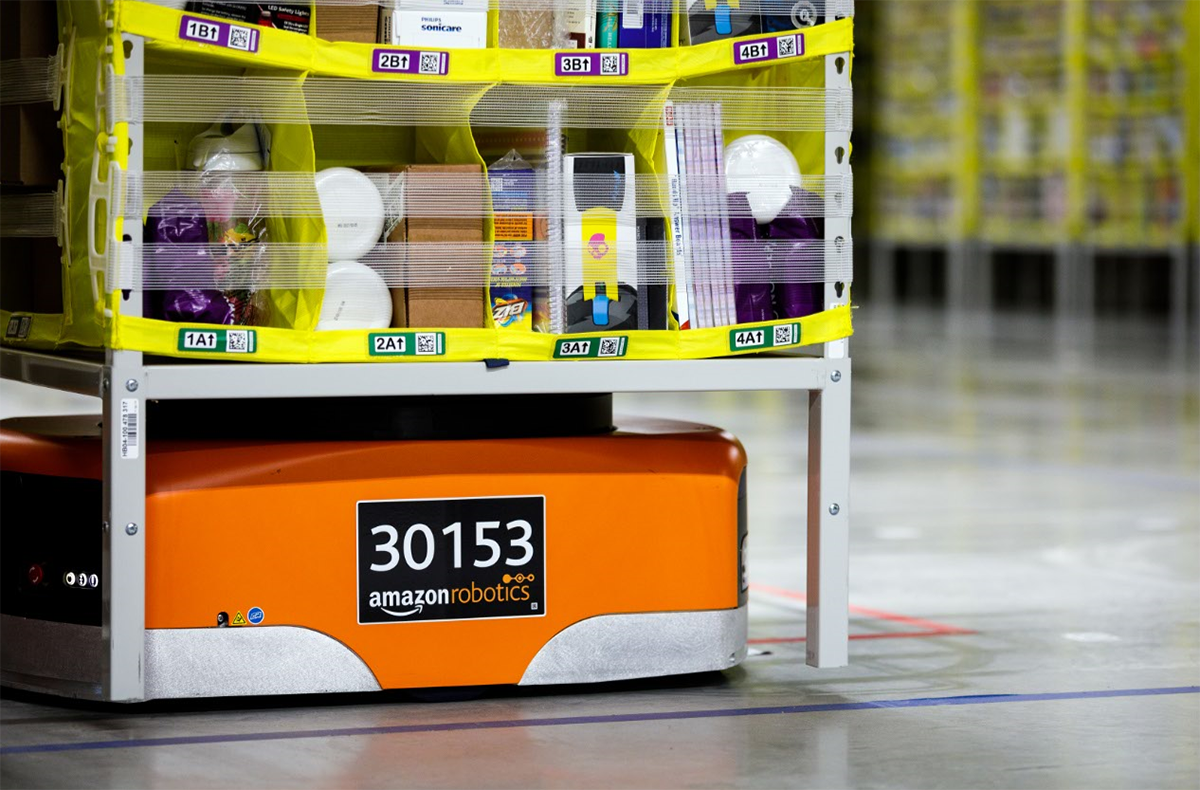
Amazon uses 100,000 “drive units,” robots that haul heavy shelves of inventory, in many of its 175 fulfillment centers around the world. Image courtesy of Amazon
Making connections
Despite its massive investments in building some of the largest and most advanced logistics facilities in the world, Amazon has publicly downplayed the speed with which automation is disrupting the industry. Scott Anderson, director of Amazon Robotics Fulfillment, told reporters earlier this year that with existing technological limitations, the company was at least a decade away from running fully automated warehouses.
“That gives you perspective on what the rest of the world and the rest of the industry is facing,” said Matt Davidson, vice president of product and marketing at smart building technology firm Locix. “Even if Amazon gets there in 10 years, there’s a really long path ahead, where warehouses and distribution centers need to increase efficiency without huge capital investment.”
Locix recently launched SmartLPS, a Wi-Fi-based positioning solution that can locate workers, inventory and equipment within 10 to 20 centimeters to maximize efficiency and minimize the amount of distance traversed by employees, thereby curbing costs. The product, which includes physical sensors and a software platform, was successfully tested by Prologis in partnership with Mitsui-Soko Supply Chain Solutions at a 67,250-square-foot warehouse in Chiba, Japan.
The hyper-connected warehouse, harnessing the power of wireless technology and real-time tracking, is becoming a reality faster than the fully automated shed. “You’ve got to take smaller steps to increase productivity and efficiency along the way, in order to combat all these rising costs, whether it be wages or land or same-day delivery,” said Davidson.

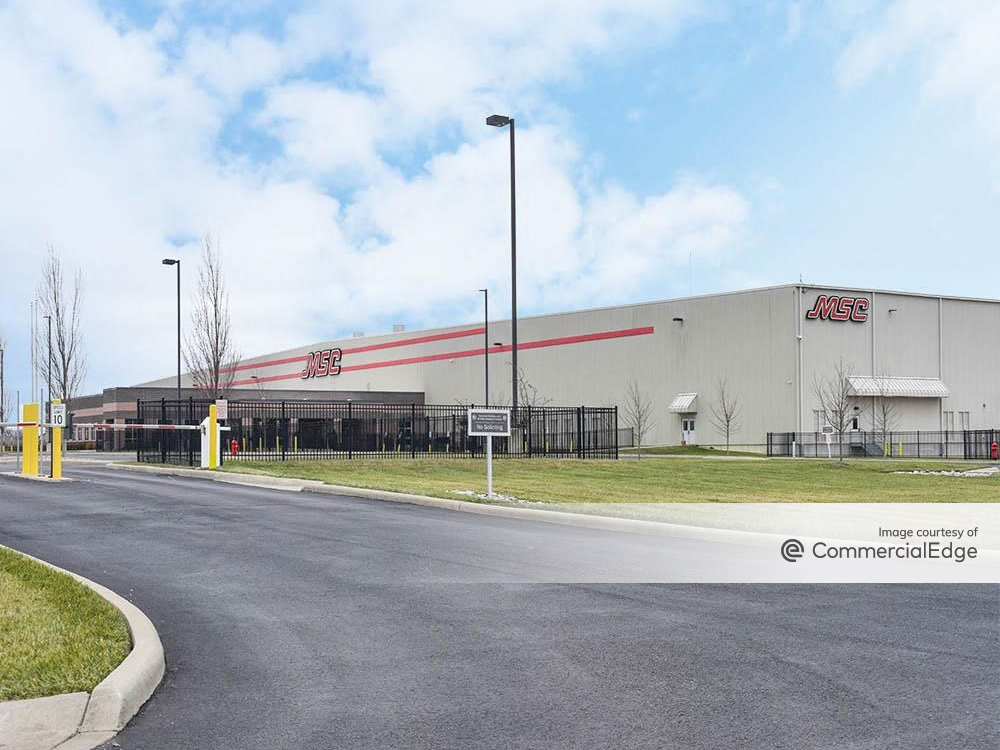
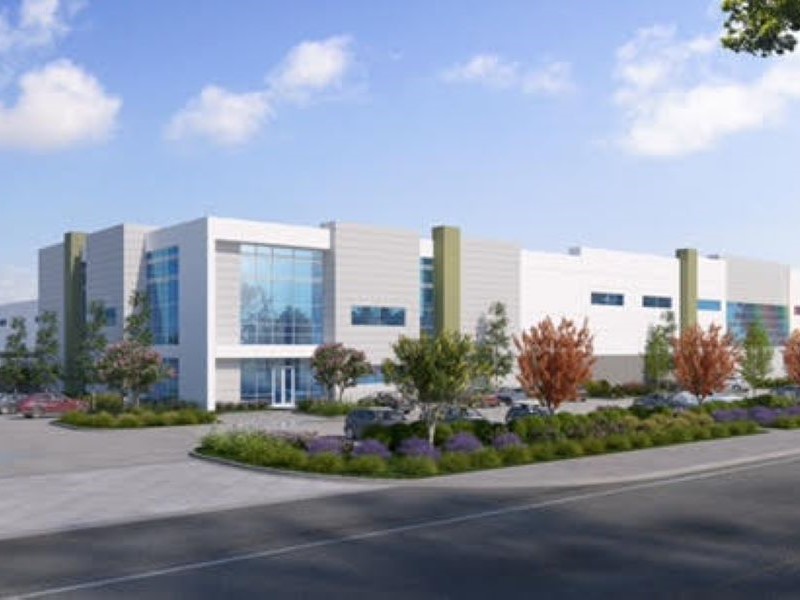
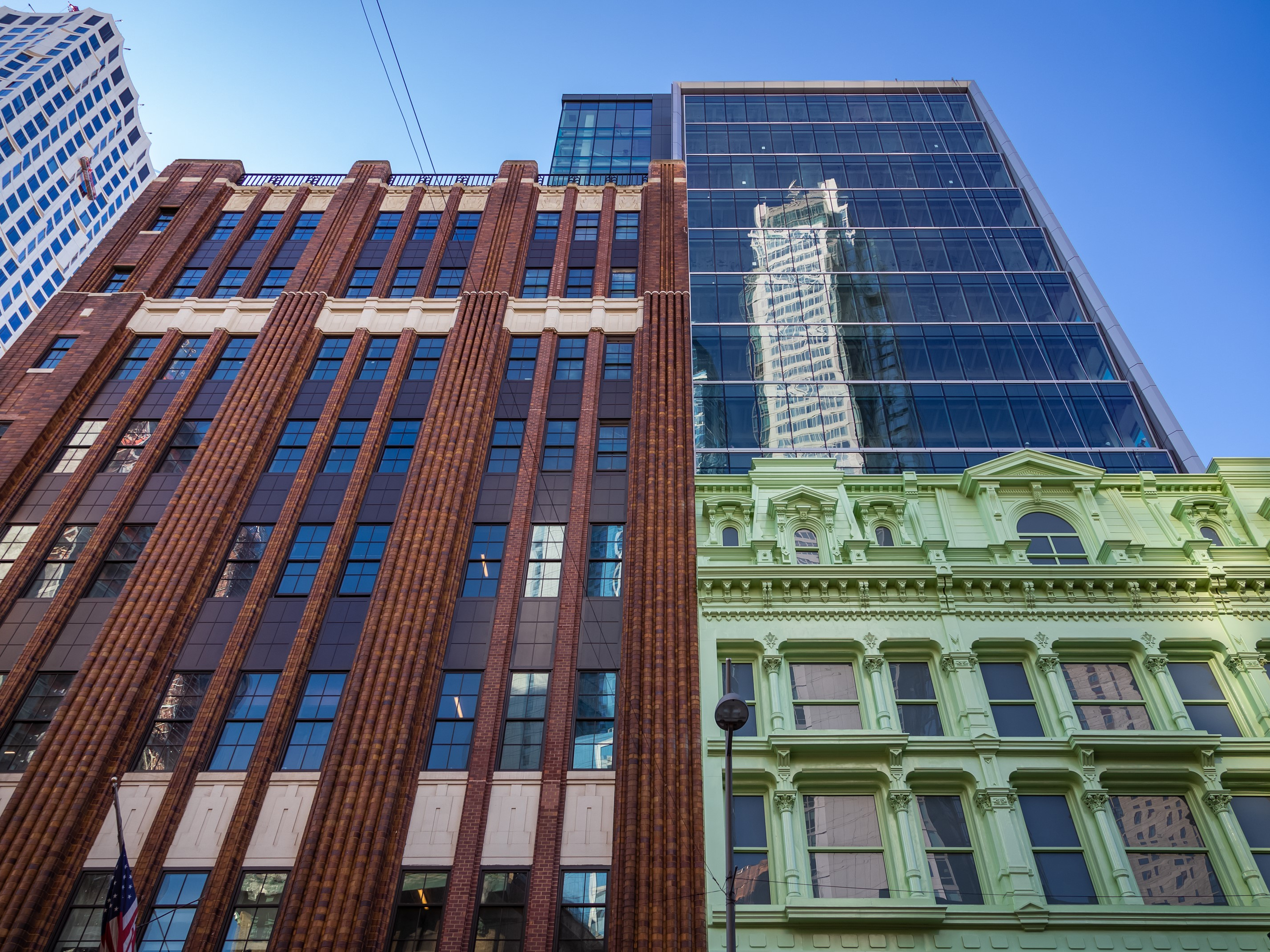
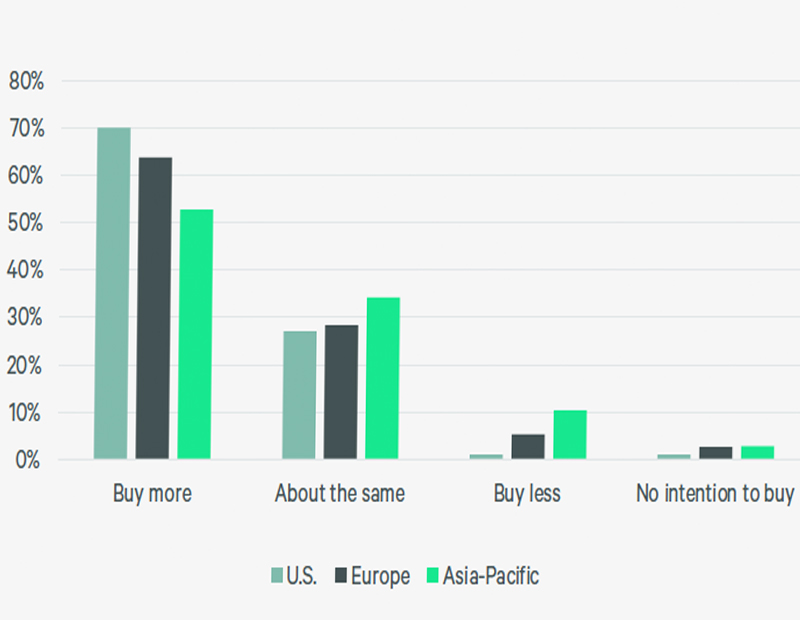
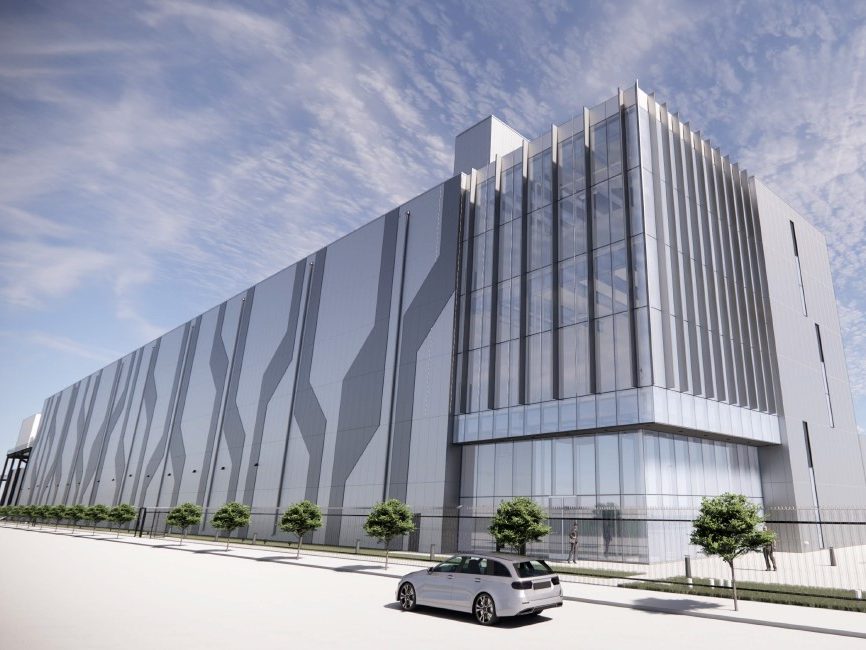
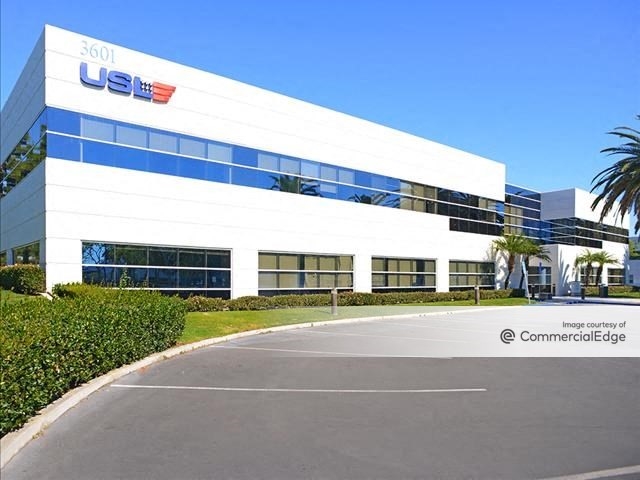
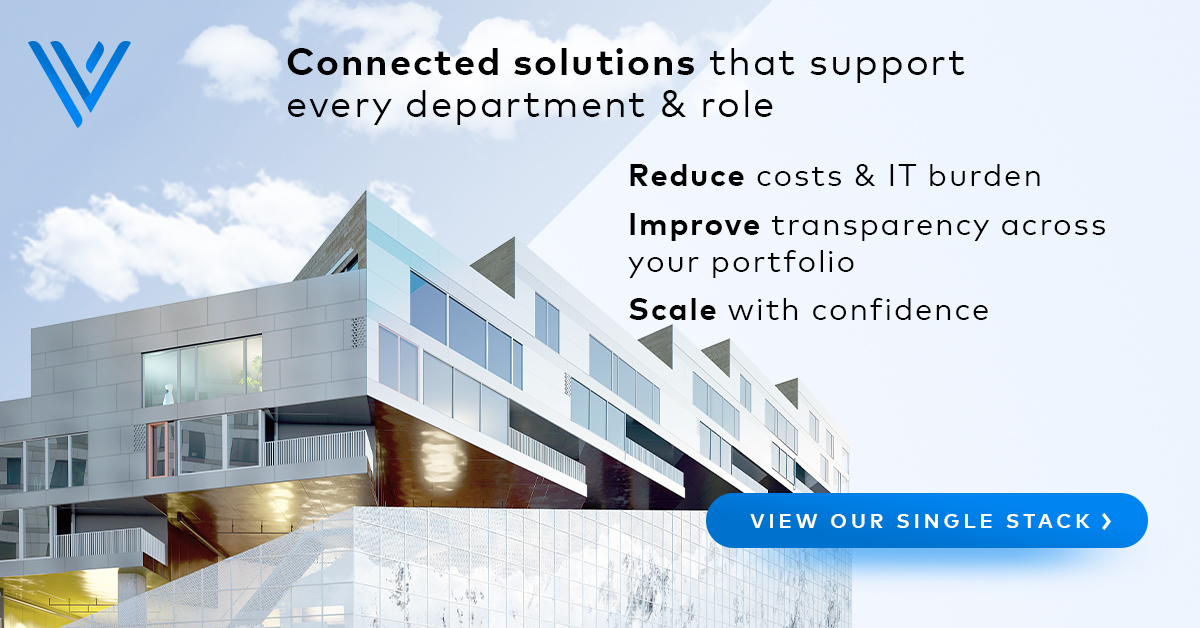
You must be logged in to post a comment.